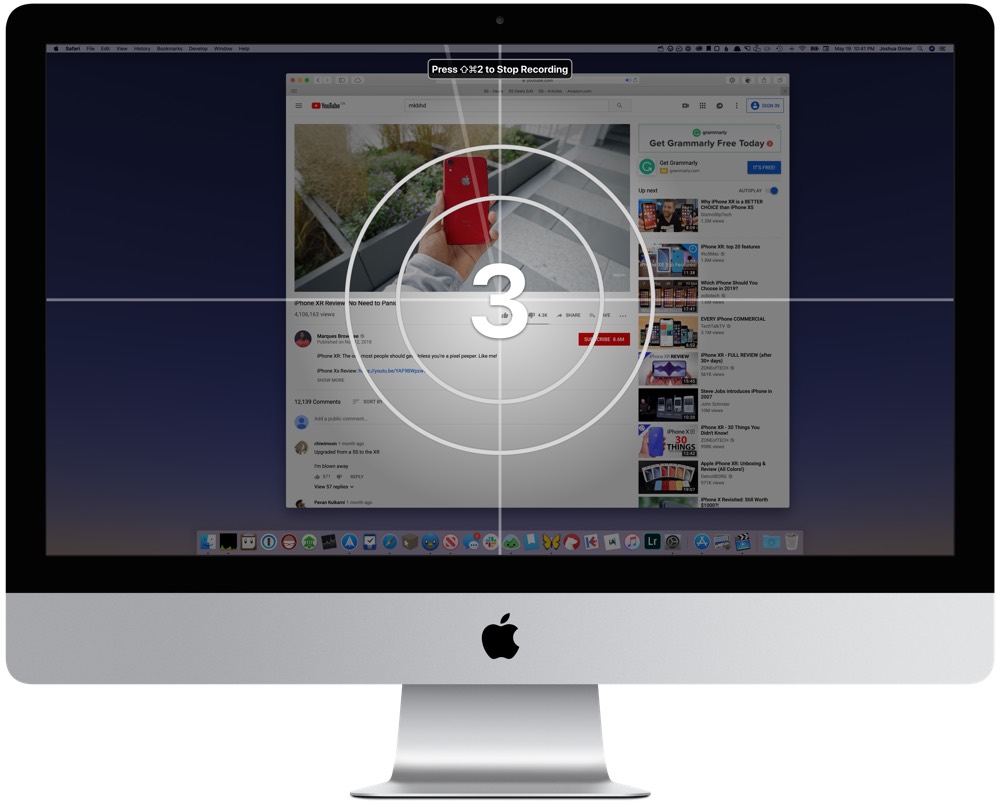The other answers are absolutely correct - there is no MacBook that is considered good for gaming. That being said, there is an inexpensive powerful solution - eGPUs. Mar 27, 2020 Best 4K Monitors for Mac iMore 2020 Are you upgrading that high-tech home office of yours? Your Mac or MacBook's display is already gorgeous, but if you're in the market for a second display or even something larger than what you have, a 4K monitor is a massive step in the right direction. The Best Computer Monitors For 2020. But when you're gaming on a screen that's 27 inches or larger, you'll want to keep blurring to a minimum. For more, check out our guide to the best.
A few weeks ago, Apple updated its iMac desktop line with 'Retina' displays—an Apple marketing term used to denote LCDs with a pixel density high enough that individual display elements are invisible to the unaided eye at typical viewing distances. On Apple’s iPhones, the 'Retina' moniker means a PPI of at least 300; for MacBook Pro portables, it means about 220. The new iMac’s 27' 5120x2880 LCD panel has a PPI of 218, putting it just below the 15' MacBook Pro’s 220 PPI.
Those numbers translating into a stunning screen is unsurprising, and now that I’ve got one on my desk to play with, I’ll absolutely add my voice to the chorus of other reviewers saying that the new iMac looks amazing. I haven’t yet attached a colorimeter to the display and gone to town—that’s coming in the next few days—but here’s the color space information right out of the box:
In spite of how sharp and beautiful the screen looks, I was hesitant as I pulled the thing out of the box. After all, I’m that rarest of rare birds: a PC gamer who also happens to do most of his gaming on a Mac. My personally owned desktop is a 2013 iMac with all of Apple’s built-to-order options checked (except RAM, of course—there’s no reason on a desktop computer to pay the Apple tax on RAM when third-party stuff works just as well), which couples a 3.5GHz Haswell i7-4771 CPU together with a 4GB GeForce GTX 780M. It’s certainly not the fastest gaming rig, but it’s more than enough to drive the 2560x1440 display at native resolution with high settings (along with AA and AF) in most games.
In spite of the strides OS X has taken in recent years, though, I do the majority of my gaming booted into Windows. I’ve resisted the idea of a Retina iMac for years because of the potential impact it would have on gaming performance. It’s one thing to stuff a video card into an iMac that’s powerful enough to smoothly display the OS X interface with the resolution-independent scaling tricks the Mac does these days—but it’s quite another to reboot into Windows and actually try to game at native resolutions.
So that, dear readers, is precisely what I did when my review iMac arrived on Saturday. I unboxed it, snapped photos—after a few years working at Ars, I now compulsively photograph basically every piece of gear I unbox, sometimes without even realizing I’m doing so—and then fired up the Boot Camp assistant to get Windows 8.1 installed.
The hardware
Apple sent us an upgraded review iMac. Our review unit trades in the stock 3.5GHz i5-4690 CPU for a quicker 4.0GHz i7-4790K, along with a quicker Radeon R9 M295X GPU (replacing the stock R9 M290X). The two additions each tack $250 onto the iMac’s base $2,499 price, bringing the total up to $2,999 (plus tax, depending on your location).
This is a steep price to pay for a desktop computer, but don’t forget that 5K screen. A similar panel from Dell is expected to run you $2,499 just by itself when it becomes available this quarter.
Cinebenching it


Before departing for the land of Windows, I wanted to quickly hit the new iMac up with Cinebench, a free and readily available cross-platform graphical benchmarking tool that we’ve used before on desktop devices. Straight away, the Retina iMac’s Radeon R9 M295X and i7 posted much higher numbers than my loaded 2013 iMac:
With these numbers out of the way, I bounced into Microsoft-land.